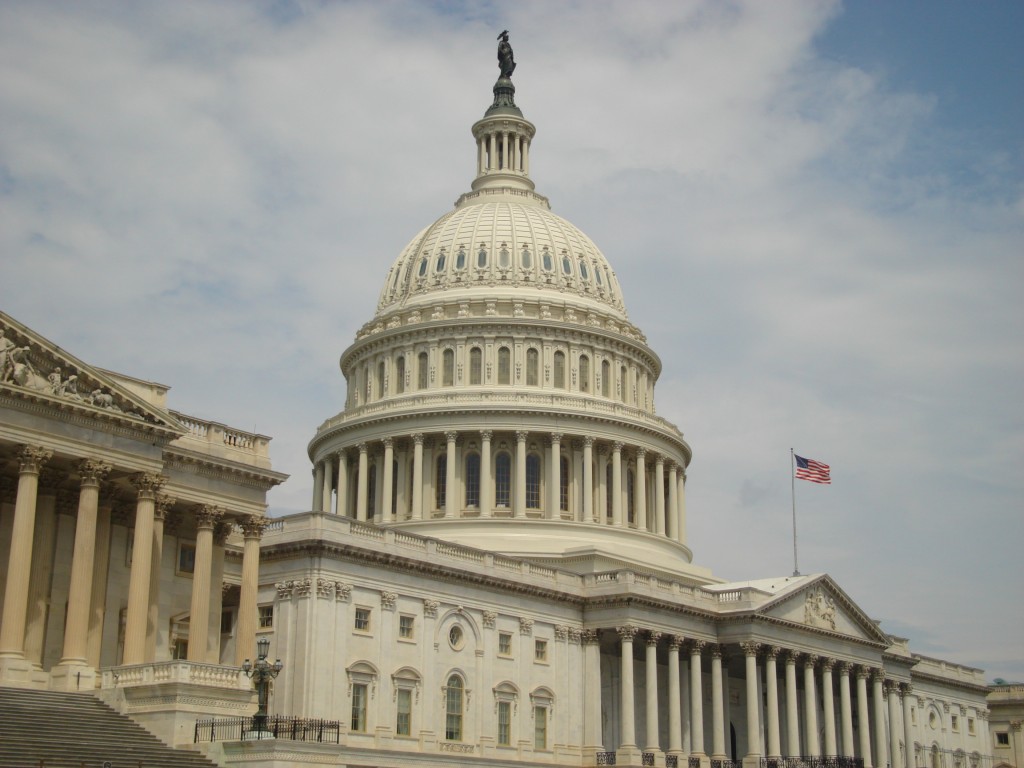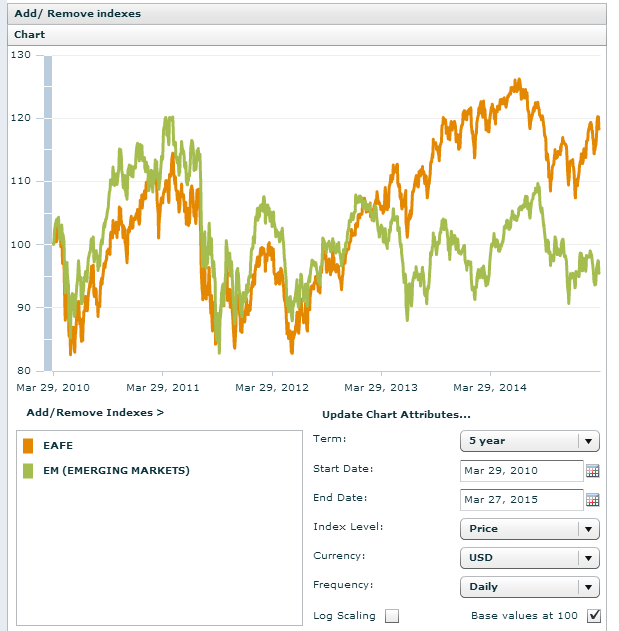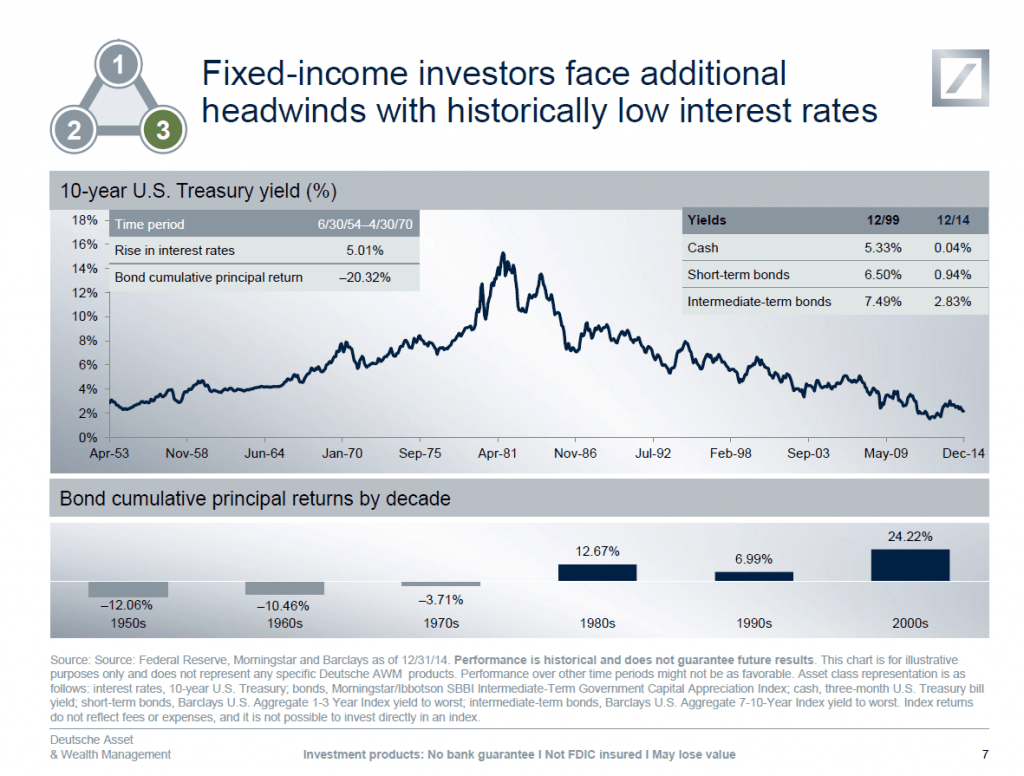- DRIVEN INTO DEBT – Riches Built on Subprime Auto Loans to the Poor (NY Times)
- Who’s winning: Active or passive investors? (Financial Post)
- Beware momentum stocks in sheep’s clothing (Money Observer)
- Chile, the star pupil of the Chicago school, has turned out to be a dope-smoking shoplifter (FT beyondbrics)
- India has a strong year – but there’s still plenty to be cheerful about & The factors driving the Indian market’s revival (FE Trustnet)
- Chart of the week: The biotech bubble (MoneyWeek) Also see Opinion: This is nothing like the 2000 dot-com bubble (Marketwatch)
- China rebalancing: Blessing and curse for Latin America (DB Research)
- 4 Reasons Japanese Stocks Could Continue to Rise (Charles Schwab)
- Once Forbidden Frontiers (Mark Mobius Blog)
- Euphoria and Reality in European Stocks (AB Blog). Also see Europe – what investors need to know (Fidelity UK)
- How to Prepare for Volatile Markets (Blackrock Blog)
- The End of the Commodity Boom: What’s Next for Latin America? (The Financilist)
Click to enlarge
U.S. Capitol, Washington D.C.


